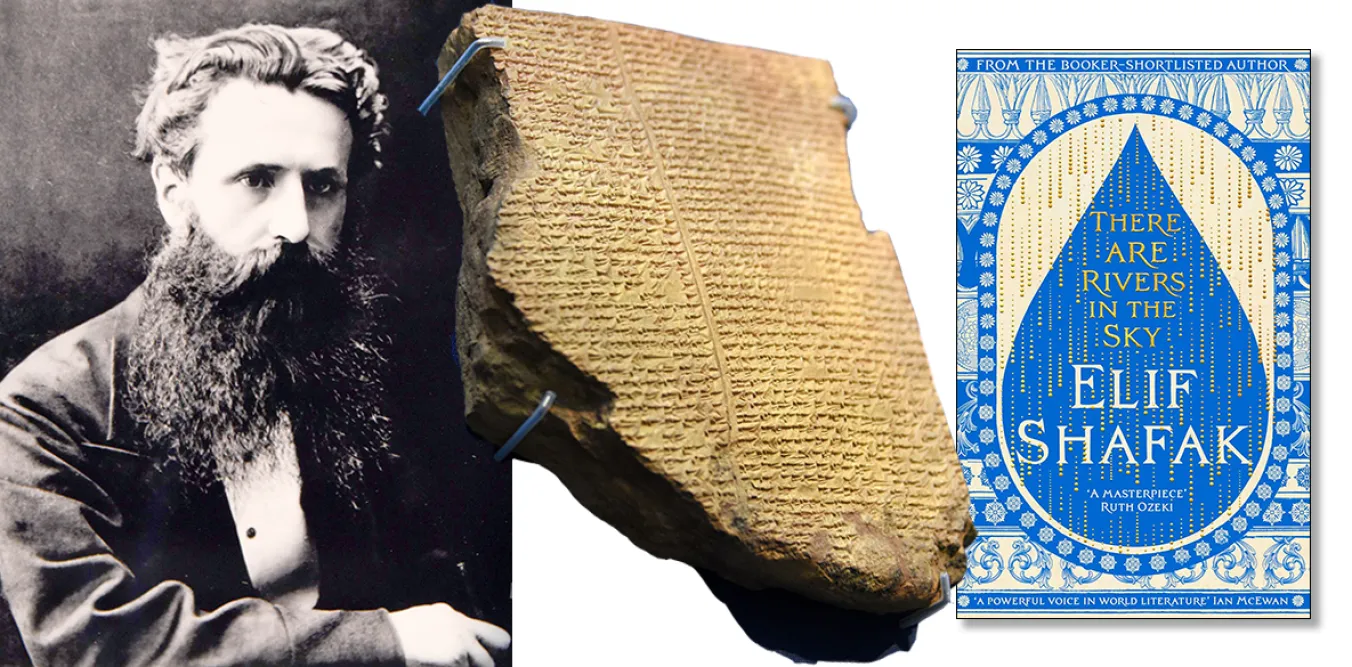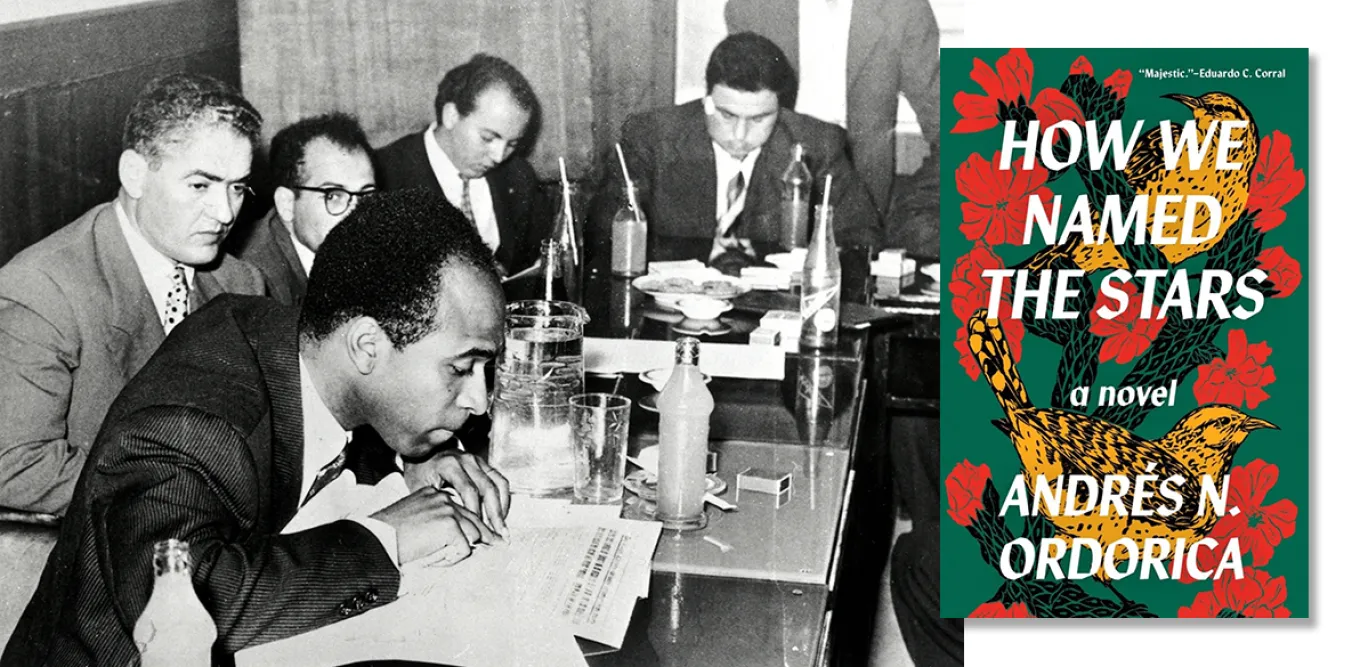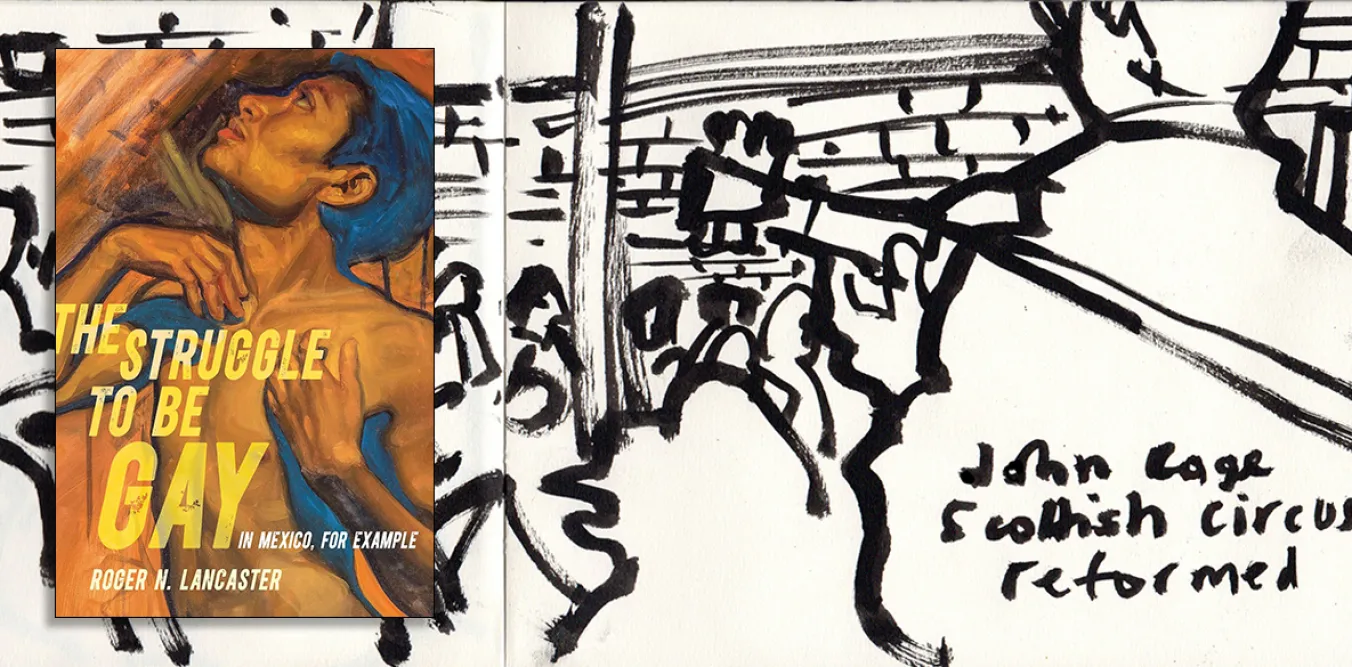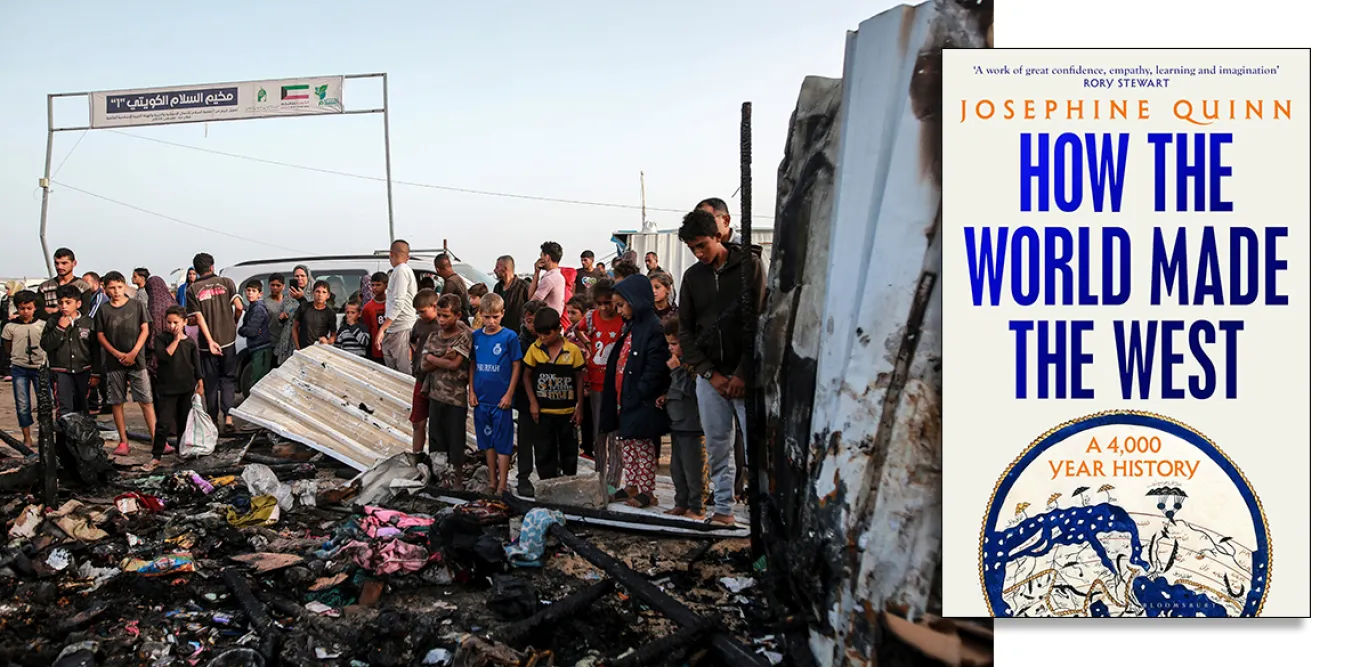
There Are Rivers in the Sky
Elif Shafak, Viking, £18.99
RAINDROPS as metaphor for historical memory is a clever narrative device that Shafak exploits to the full, taking us from ancient Mesopotamia, via the British Museum in Victorian Britain to modern-day Turkey, where a young Yazidi girl is reminded by her grandmother of the ancient history of their country in which the Yazidis are still a persecuted minority.
Melding fiction with real historical events and figures, Shafak creates a fascinating story that intertwines individual lives with historical events, involving class, race and colonialism.
The novel begins in ancient Mesopotamia, when a raindrop falls on the head of despotic ruler Ashurbanipal. He owns an extraordinary library of clay tablets which includes the Epic poem of Gilgamesh. We fast forward to mid-Victorian London, where the raindrop becomes a snowflake, settling on Arthur Smyth — also based on a real historical figure — as he is born in midwinter to a destitute mother on the banks of the Thames. The Victorian Assyriologist George Smith was indeed a self-taught working-class boy who became an expert in the interpretation of ancient cuneiform writing, but Shafak’s retelling of his life turns it into a fairy-tale, undermining its validity as a perceptive commentary on class.
















